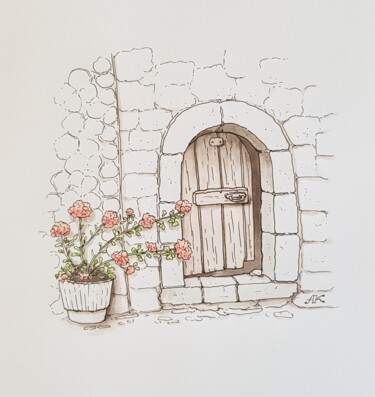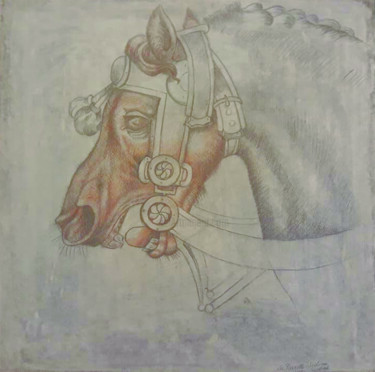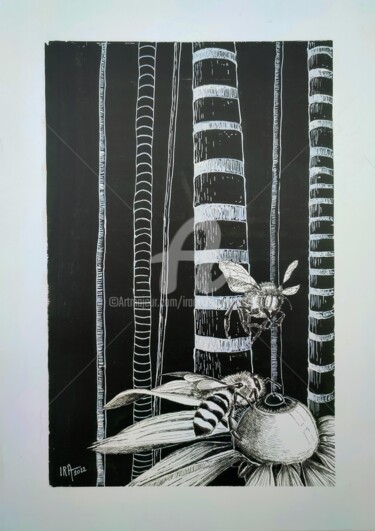149 原始图纸和插图出售:
你在找出售原始图纸吗?
探索所有绘画风格和技巧:当代艺术、街头艺术、抽象艺术、具象艺术、风景、肖像、生活场景、裸体、铅笔、墨水、木炭、粉彩…… 20 年来,有超过 360 万件当代艺术作品等待您去发现……或获得!艺术设计的世界标杆。发现来自世界各地的当代艺术家的作品,用一流的方式装饰您的室内!单纯的艺术爱好者还是公认的收藏家?找到真正突出您的装饰的图画或最喜欢的草图。 ArtMajeur 为您提供世界上最优秀的当代艺术家的原创作品、限量版和艺术版画。在 ArtMajeur 上,图纸是由艺术市场的爱好者和专家挑选的。我们为您精选时尚、屡获殊荣的知名设计师的原创作品以及当代艺术领域的新兴价值,为您在线购买艺术画作提供指导和帮助。
Discover contemporary Land Art Drawings on ArtMajeur
Contemporary Land Art Drawings are a type of original artwork that represents the intersection between nature and human creativity. This artistic movement emerged in the 1960s, and it is still relevant today. Land Art Drawings can be created on various supports, such as paper, canvas, wood, or even directly on the ground using natural materials. The main materials used in this type of art are rocks, sand, leaves, branches, and flowers. What makes Land Art Drawings unique is that they are temporary and ephemeral. They are not meant to last forever, but rather to interact with the environment and eventually disappear. This type of art challenges the traditional concept of art as a permanent object and instead highlights the beauty of impermanence and the relationship between art and nature.
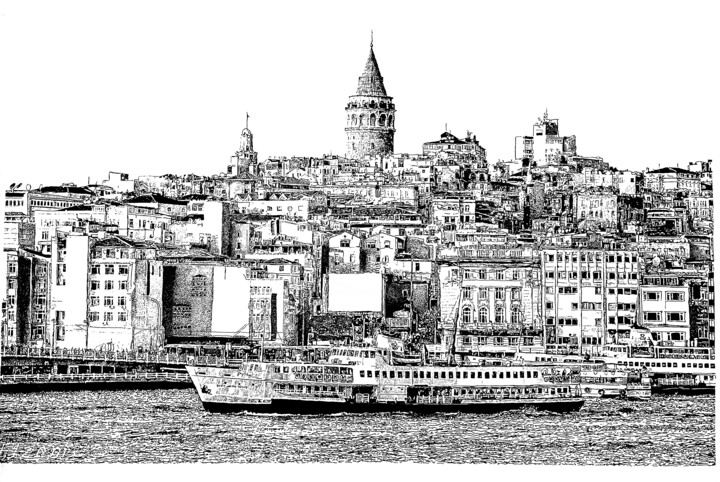
©2024 Elzem
Origins and History
Contemporary Land Art Drawings emerged as a branch of Land Art, a movement that originated in the 1960s and 70s. Land Art was a response to the commercialization and commodification of art, and it sought to create works that were in harmony with nature. The first Land Art works were often monumental sculptures made from natural materials like rocks and earth. However, in the 21st century, artists began using drawing as a medium to create Land Art. These drawings often involve intricate patterns and designs made on the ground with natural materials like sand, stones, and leaves.

©1998 Jean Claude Barral
Evolutions of theses works in the contemporary art market
Contemporary Land Art Drawings have recently seen a significant evolution in their style and technique, with artists experimenting with new mediums such as digital technology and mixed media. These drawings are gaining increasing importance in the contemporary art market, as they represent a fresh and innovative approach to landscape drawing.

©2024 Elzem
Related Famous Artists
Contemporary Land Art Drawings have been gaining popularity in recent years, and several artists have made a name for themselves in this field. One such artist is a renowned American painter known for his large-scale drawings of landscapes. His works are characterized by their intricate details and precise execution, which requires a great deal of patience and skill. Another artist known for his Land Art Drawings is a British sculptor who creates sculptures using natural materials such as stones and wood. He often incorporates elements of nature into his works, giving them a unique and organic feel.
Another artist who has made a name for herself in this field is a Canadian photographer who creates stunning Land Art Drawings using aerial photography. Her works often feature landscapes from around the world, and she uses a variety of techniques to capture the natural beauty of each location. Another artist known for his Land Art Drawings is a Dutch artist who creates intricate drawings of natural forms using only a pencil and paper. His works are highly detailed and often feature abstract patterns and shapes inspired by nature.
Overall, contemporary Land Art Drawings have become an important part of the contemporary art scene, and these artists have helped to push the boundaries of what is possible in this field. Their works are a testament to the beauty and power of nature, and they inspire us to appreciate the world around us in new and exciting ways.

©2025 Jean Mirre
Notable contemporary Land Art Drawings
Contemporary Land Art is an art form that incorporates natural elements, such as rocks, soil, and vegetation, into large-scale installations that are often located outdoors. Here are some well-known contemporary Land Art drawings and their descriptions:
"Spiral Jetty" by Robert Smithson (1970): This Land Art installation is located at the edge of the Great Salt Lake in Utah. It consists of a 1,500-foot-long coil of rocks and earth that spirals out into the water. The artwork is designed to change with the tides and weather, and the color of the rocks shifts from black to red depending on the light.
"Broken Circle/Spiral Hill" by Robert Smithson (1971): Another Land Art installation by Smithson, this one is located in Emmen, Netherlands. The artwork consists of a large circular depression in the ground, surrounded by a spiral hill made of sand and earth. The artwork is designed to be viewed from above, and the shape of the spiral is meant to evoke the symbol for infinity.
"Sun Tunnels" by Nancy Holt (1976): This Land Art installation is located in the deserts of Utah. It consists of four large concrete tubes that are arranged in an X shape, with holes cut out to allow sunlight to pass through. The tubes are oriented to align with the sunrise and sunset on the summer and winter solstices.
"Double Negative" by Michael Heizer (1969-70): This Land Art installation is located in the Nevada desert. It consists of two large trenches cut into the earth, each measuring 1,500 feet long and 50 feet deep. The trenches are designed to be viewed from above, and the negative space they create is meant to evoke a sense of awe and wonder.
"Tree Mountain" by Agnes Denes (1996): This Land Art installation is located in Ylöjärvi, Finland. It consists of a large hill made of soil and planted with 11,000 trees. The artwork is designed to be viewed from above, and the shape of the hill is meant to evoke a sense of harmony and balance with the surrounding landscape.
Contemporary Land Art continues to evolve and inspire artists around the world. With its focus on natural materials and large-scale installations, it offers a unique and powerful way of engaging with the environment and exploring our relationship to the natural world.
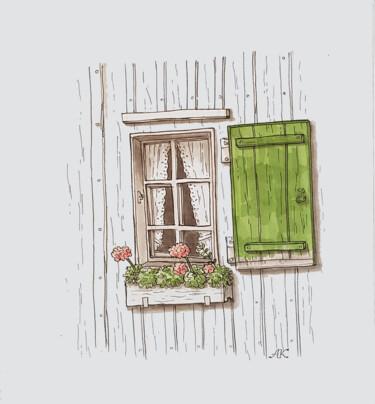
Ekaterina Andreeva
标记在纸上 | 7.9x7.1 in
